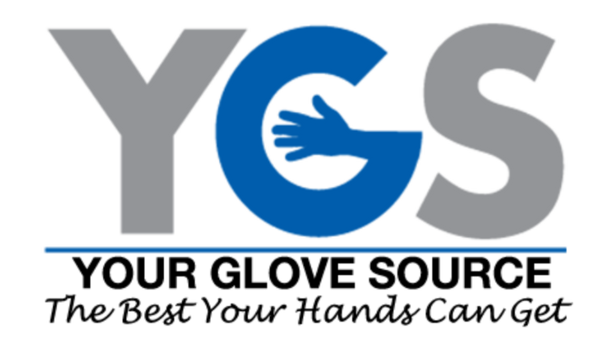When it comes to the terms and phrases used in the disposable glove world, it can be confusing to keep everything straight, especially if you’re new to purchasing gloves. We’ve rounded up some of the most commonly used disposable glove terminology you’re likely to come across, so you can move forward confidently.
Powder Free: If a glove is labeled as powder free, that means it has gone through a process called chlorination. In this process, gloves are rinsed with a chlorine solution to get rid of powdered residue on the glove. These types of gloves are ideal for people with allergies or sensitivities.
Powdered: If a glove as labeled as powdered, this means that cornstarch has been added to the interior of the glove to help absorb perspiration. Powdered gloves are usually easier to put on, but they pose an allergy risk.
Accelerator Free: If you have experienced allergic reactions when using non-latex gloves, it could be due to the accelerators used in the manufacturing process. You’ll want to select gloves that are labeled as accelerator free to avoid allergic reactions in the future.
Low Proteins: This is another term related to allergens. Gloves absorb proteins during the manufacturing process and can cause allergic reactions. If you experience allergic reactions, select a glove that is marked as low protein. Additionally, powder free gloves typically have less proteins than powdered gloves.
Medical/Exam Grade: When a glove is labeled as medical or exam grade, this means it is approved to be used in virtually any non-surgical medical situation including hospitals, nursing homes, or laboratories.
Food Grade: If a glove is labeled as food grade or for food service, this means it is approved to be used in food preparation or food production industries.
USDA Approved: Typically found on food grade gloves, this approval means that the United States Department of Agriculture has marked the glove as safe to be used when handling food.
Mil: Millimeters are the unit of measure used to distinguish the thickness of gloves. 1 mil is equivalent to one thousandth of an inch. Some gloves get as thick as 13 mils. Generally, thicker gloves offer greater puncture resistance, while thinner gloves offer excellent tactile sensitivity.
Tensile: This refers to the strength and durability of a glove. Most gloves are tested to determine how far they can be stretched without ripping. The further they can be stretched, the higher their tensile rating.
Color Coded: Many industries like to color code their gloves in order to denote which gloves should be used for which tasks.
Flock Lined: When a glove has a flocked lining, this means that there is an additional lining on the interior of the glove which makes it softer and more comfortable.
Beaded Cuff: Gloves with a rolled cuff are labeled as beaded cuff.
Embossed: A glove that is embossed means that it has an additional texture on the exterior of the glove that gives a firmer grip for the wearer.
Textured: A special type of finish on a glove that allows for a firmer grip in wet and dry circumstances.




